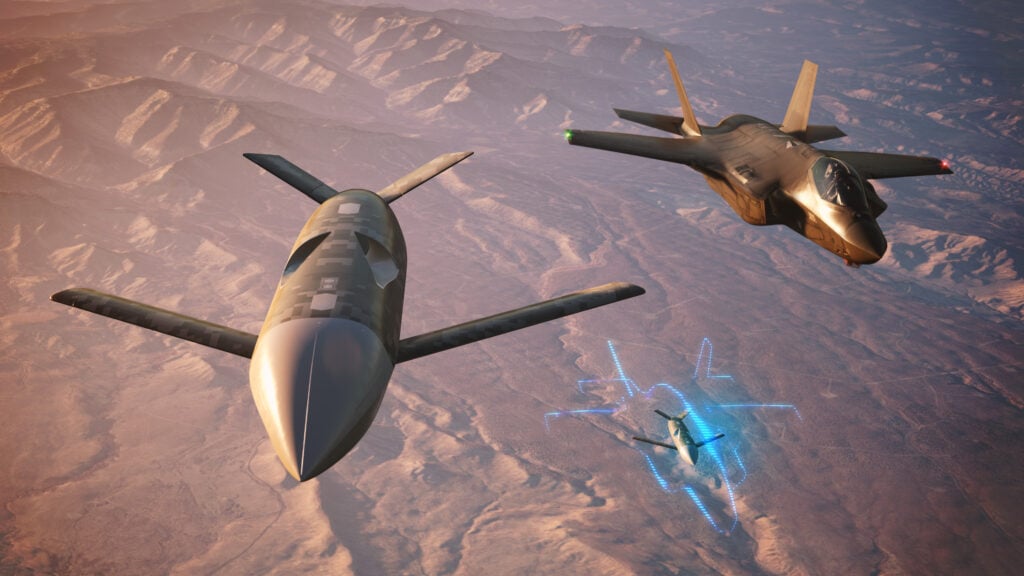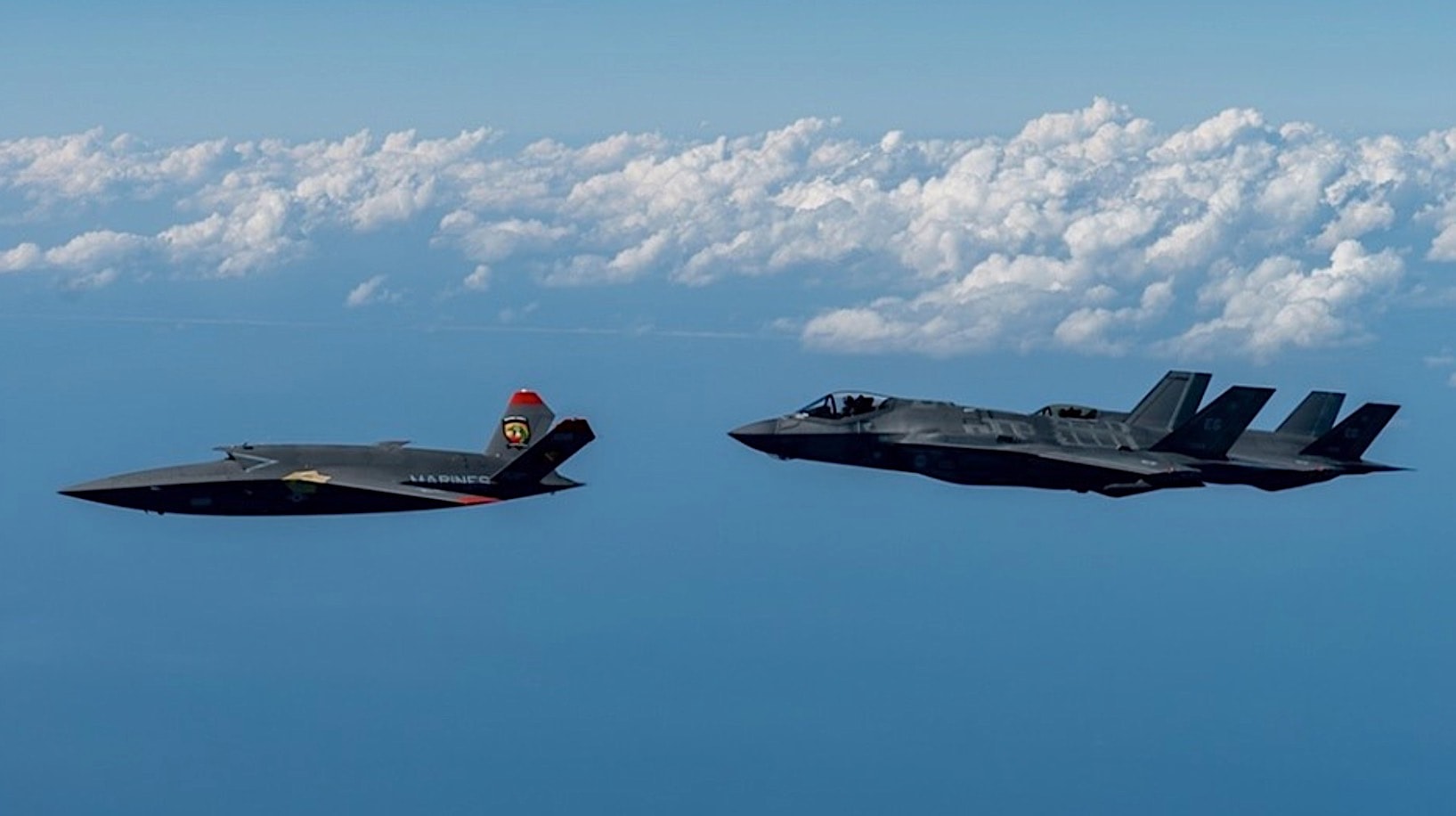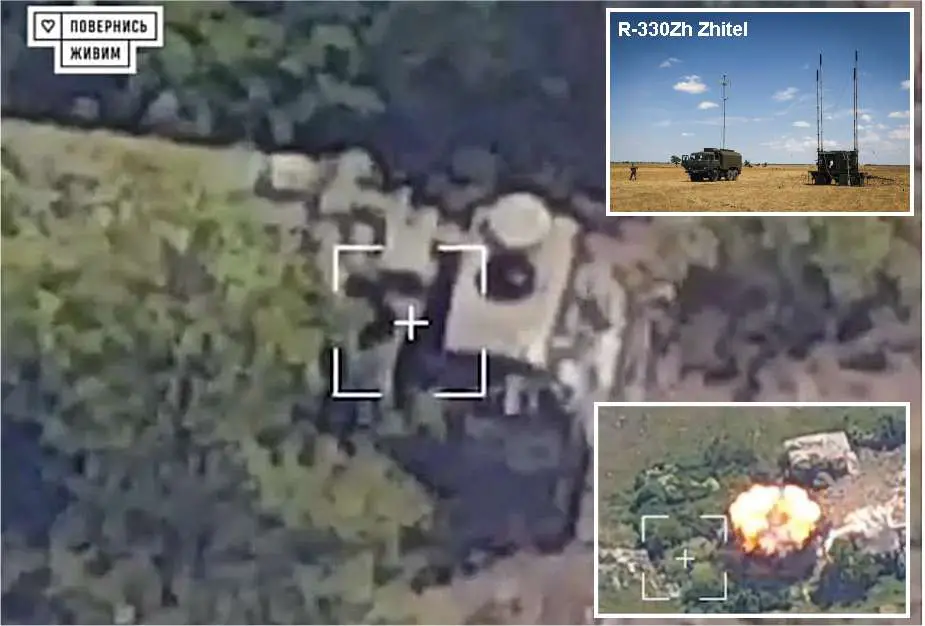MMM-E
Elite Member
- Jul 6, 2017
- 14,387
- 12,575
- Country of Origin

- Country of Residence

- Thread starter
- #166
Mate, the US have already developed these systems and using them. Turkey is trying to catch-up in comparison.
We dont care about anyone for comparison
Turkiye has its own agenda to develop everything to match with any power in the region
KAAN 5th gen Fighter Jet
KIZILELMA and ANKA-4 unmanned stealth Fighter Jets
ANKA-3 flying-wing stealth UCAV
HAVASOJ airborne stand off jammer Aircraft
ALP-300G S band early warning AESA Radar
SIPER long range high altitude Air Defense System
so F-35 will cease to be a threat anymore








